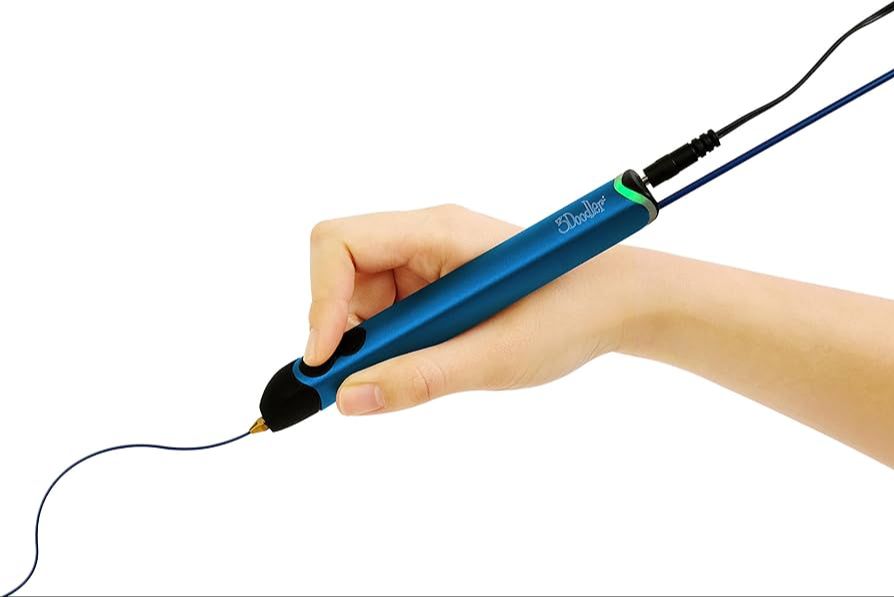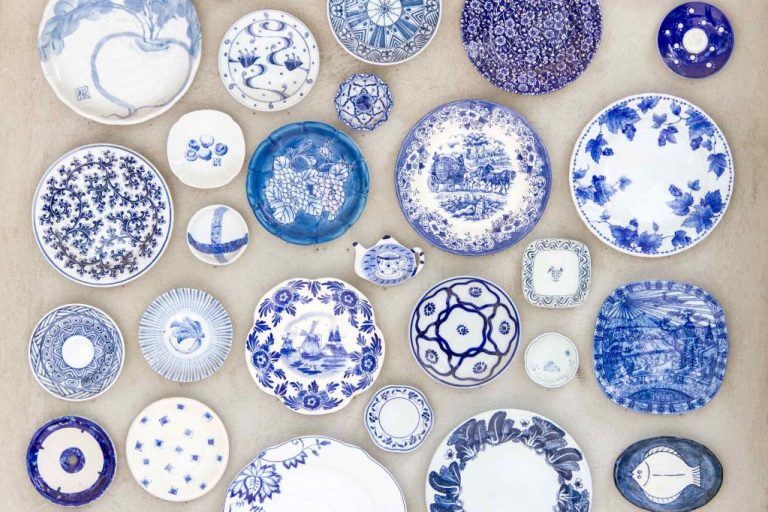Beyond Clay: Discovering Alternative Modeling Materials
Clay modeling has been used to create sculptures and artwork for thousands of years. Clay is an ideal medium for sculpting because it is pliable, inexpensive, and easy to work with. Evidence of clay modeling dates back to 24,000 BC with the discovery of the “Venus of Dolní Věstonice” – a ceramic figurine found in the Czech Republic. Ancient cultures like the Egyptians, Greeks, and Romans all utilized clay modeling to produce functional pottery and decorative figurines.
In more modern times, clay modeling became an important technique for industrial design. Automotive designers in the 1930s began using clay models to visualize new car designs. The soft nature of clay allowed designers to quickly modify and refine their concepts. Clay models were an integral part of Detroit’s automotive design industry by the 1950s. Today, digital 3D modeling has replaced some of the traditional uses of clay, but clay modeling remains an essential hands-on technique for designers.
While digital tools provide efficiency and precision, clay allows an intuitive, organic design process like no other medium. Many artists still use clay for sculpting original artwork. Clay modeling remains a foundational skill for developing spatial thinking and bringing creative ideas into the physical world.
Playdough
Playdough is one of the most popular and classic modeling materials for children. It’s made from a simple recipe of flour, salt, water, and coloring. The ingredients are combined and cooked on the stove until it forms a smooth, pliable dough. The history of playdough dates back to the early 1900s when it was marketed as a clay substitute. While original playdough didn’t contain coloring, many modern recipes include food coloring or other pigments to create brightly colored dough (https://www.teacherspayteachers.com/Product/3rd-Grade-Reading-Comprehension-Passages-and-Questions-3rd-Grade-Close-Reading-3938077).
Playdough is beloved for its soft, squishy texture that holds its shape when molded by hand. It doesn’t dry out when exposed to air like clays, allowing projects to be worked and reworked over days or weeks. Playdough builds fine motor skills, creativity, and sensory exploration in children. Simple tools like shape cutters, rollers, and stampers can add more play value. Playdough is non-toxic, making it safe for kids to handle. When playtime is over, projects can simply be squished up and stored in an airtight container to use again and again.
Paper Mache
Paper mache is one of the oldest and most versatile craft materials in the world. It originated in China during the Han Dynasty (206 BC to 220 AD) and was originally made from materials like rice paste and bamboo. The name “paper mache” comes from the French words “papier-mâché,” which literally means “chewed paper.”
To make traditional paper mache, thin strips of paper are soaked in a paste made from flour and water. This softens the paper so it can be molded into different shapes. The strips are layered on top of one another to create a sturdy form. Once dry, the paper mache can be shaped, sanded, painted, and decorated. The History of Paper Mache explains that the paste helps glue the layers of paper together to create a durable material.
Paper mache is inexpensive, lightweight, and easy to work with. It’s an accessible craft medium for children and beginners. Many elementary school art projects use paper mache to make masks, puppets, bowls, and piñatas. When creativity and patience are applied, paper mache can result in beautiful sculptural objects.
3D Doodler Pens
One of the most engaging and creative alternative modeling tools is the 3D Doodler pen. This pen allows you to draw three-dimensional structures out of melted plastic. The plastic cools and hardens rapidly, allowing you to build freestanding forms.

To use a 3D Doodler pen, you insert a plastic filament into the pen’s body. The filament is heated just enough to melt the plastic. You can then draw shapes in the air by squeezing the pen’s trigger, which extrudes the melted plastic. The plastic hardens within seconds, creating stable 3D forms.
3D Doodler pens come in a variety of colors, so you can create multi-colored sculptures. The pens are lightweight and powered by batteries, so they are portable. Many sets come with plastic filaments and stencils to help spark ideas. The 3D Doodler allows for a tremendous level of creativity and imagination.
3D Doodler pens are ideal for making sculptures, models, jewelry, decorations, gifts, prototypes, and more. They provide an engaging alternative to traditional clay or playdough. The instant 3D creation allows you to bring your imagination to life.
Modeling Beeswax
Modeling beeswax is a popular alternative modeling material, especially in Waldorf and Montessori schools. Beeswax is pliable, warm in your hands, and has a sweet honey aroma. It can be shaped, carved, and molded into creative designs.
Beeswax is made from honeycomb produced by honey bees. It has a low melting point so it can be softened and shaped by hand, but also hardens nicely at room temperature to retain its form. Modeling beeswax comes in a variety of colors like blue, red, yellow, and more [1].
Compared to play dough, beeswax doesn’t dry out or crumble. It has a smooth, velvety texture and blends colors nicely when mixed. Beeswax modeling is a soothing, meditative process for children and artists. Finished sculptures retain fine detail and have a lovely luster.
Air-Dry Clay
Air-dry clay is a popular modeling material that, as its name suggests, air dries naturally without needing to be baked in a kiln. Some of the benefits of air-dry clay compared to other modeling materials are that it dries hard and durable. Air-dry clay can be sculpted and molded when wet, making it easy to work with. Once dry, it maintains its shape. Projects made from air-dry clay can last for many years if properly cared for.
Air-dry clay is available in white and terracotta colors. It can be painted once fully dried and sealed. The finished pieces have an appearance and texture similar to natural clay ceramics. Air-dry clay is non-toxic and safe for kids. Brands like Crayola offer air-dry clays specifically marketed for children’s crafts and school projects.
Compared to clays that require firing in a kiln, air-dry clay is beginner-friendly and accessible. It provides many of the benefits of real clay without the need for any special tools or equipment. As an alternative modeling material, air-dry clay is versatile, easy to use, and produces professional-looking finished products.
Kinetic Sand
Kinetic Sand is a unique molding compound that feels like wet sand but acts more like a solid. It is made from 98% quartz sand and 2% polydimethylsiloxane which allows the grains of sand to stick together when squeezed, but fall apart when released. This gives it an almost fluid-like texture as it seems to melt and ooze through your fingers, yet it maintains a shape when molded.
Kinetic Sand provides sensory stimulation and satisfaction similar to wet sand at the beach, but without the mess or drying factor. It can be squeezed, pounded, rolled, cut, and molded again and again which makes it popular for kids and adults alike. Kinetic Sand develops fine motor skills, enhances creativity, and provides a calming tactile experience.
Projects made from Kinetic Sand are temporary as the sand never dries out or hardens. While this can be frustrating for elaborate creations, it also allows endless reuse and remodeling. Clean up is easy too since it doesn’t leave residue or stains. Kinetic Sand is available in many colors, glitters, glow-in-the-dark, and scented varieties allowing for visual interest in sand creations.
Papier-mâché
Papier-mâché is a popular modeling material made from strips of paper combined with some kind of adhesive paste or glue. The paper strips are soaked in the paste/glue mixture and then applied in layers to create a sturdy and lightweight papier-mâché form.
Papier-mâché has been used as an artistic medium for hundreds of years in cultures all over the world. It was particularly popular during the Georgian and Victorian periods, between around 1720 and 1900, although papier mâché objects were being made in some form since the time of Ancient Egypt.
The art of papier-mâché lies in the layering and molding of the paper strips. With enough layers, very strong and detailed forms can be made. Once dried, the papier-mâché can be sanded, painted, varnished, and decorated.
Some key benefits of papier-mâché for modeling include:
- Inexpensive and accessible materials
- Very lightweight finished products
- Easy to mold into shapes
- Strong and durable if made with enough layers
With creativity and patience, elaborate masks, puppets, bowls, furniture, and many other items can be constructed out of papier-mâché. It provides an eco-friendly way to reuse waste paper that might otherwise be thrown away.
(see The Art and Craft of Papier Mâché)
Aluminum Foil
Aluminum foil is a versatile material that can be easily molded and shaped to create sculptures, crafts, and other 3D models. It is lightweight yet strong enough to hold its shape. The reflective surface of aluminum foil also adds visual interest to 3D creations.
One of the biggest benefits of aluminum foil as an alternative modeling material is its moldability. Foil can be crumpled, twisted, folded, wrapped, and shaped into any form imaginable. It is very pliable and easy for even young children to manipulate.
Foil sculptures can be created simply by tightly scrunching or crushing balls of foil together to build up 3D objects. More intricate foil models can be made by carefully bending and fitting together pieces of foil. Foil sheets can be cut with scissors and joined using tape or glue if needed. The nature of foil allows easy smoothing and reshaping as needed while building a 3D form.
Some examples of aluminum foil sculptures include animals, flowers, abstract shapes, bowls, jewelry, and more. Foil is often used to create quick sculpture projects with kids. It provides fun practice in using simple hand eye coordination and fine motor skills to mold and shape the foil into different creations.
Overall, the moldable and shapeable nature of household aluminum foil makes it an accessible option for creating 3D models and sculpture projects without the need for other supplies.
Sources:
Conclusion
Clay remains one of the most popular and versatile modeling materials for artists of all ages and skill levels, but as this article explored, there are many interesting alternatives that offer their own unique properties. Though some, like paper mache and homemade playdough, have been around for ages, relative newcomers like kinetic sand, 3D doodle pens, and modeling beeswax provide fresh approaches to creative expression.
Each of these alternative modeling compounds comes with its own strengths – aluminum foil and kinetic sand easily shapeshift, while modeling beeswax holds fine detail well. Paper mache, when properly prepared, is extremely lightweight yet durable. Air-dry clays bridge the gap between traditional clays and hobbyist modeling compounds. And sculpting pens like 3D doodlers fuse freehand drawing with three-dimensional crafting.
The popularity of polymer clay art continues to rise, inspiring artists to push creative boundaries. While clay remains the most versatile general-use sculpting material, the options profiled here can supplement any artist’s toolkit and open new doors for innovation and experimentation.

